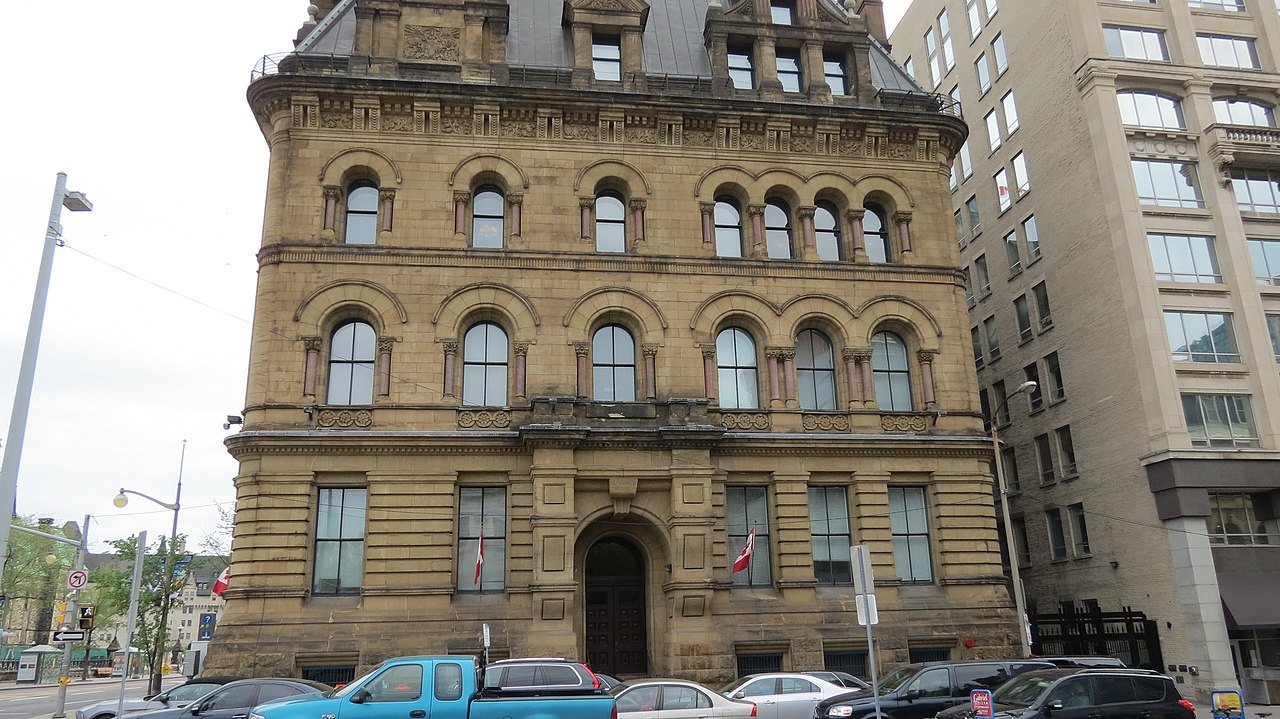Article
Privy Council
Privy Council is a common name for the King’s Privy Council for Canada. It is also known as His Majesty’s Privy Council for Canada. It was established (as the Queen’s Privy Council for Canada) under the Constitution Act, 1867. Its purpose is to advise the Crown (the reigning monarch).






